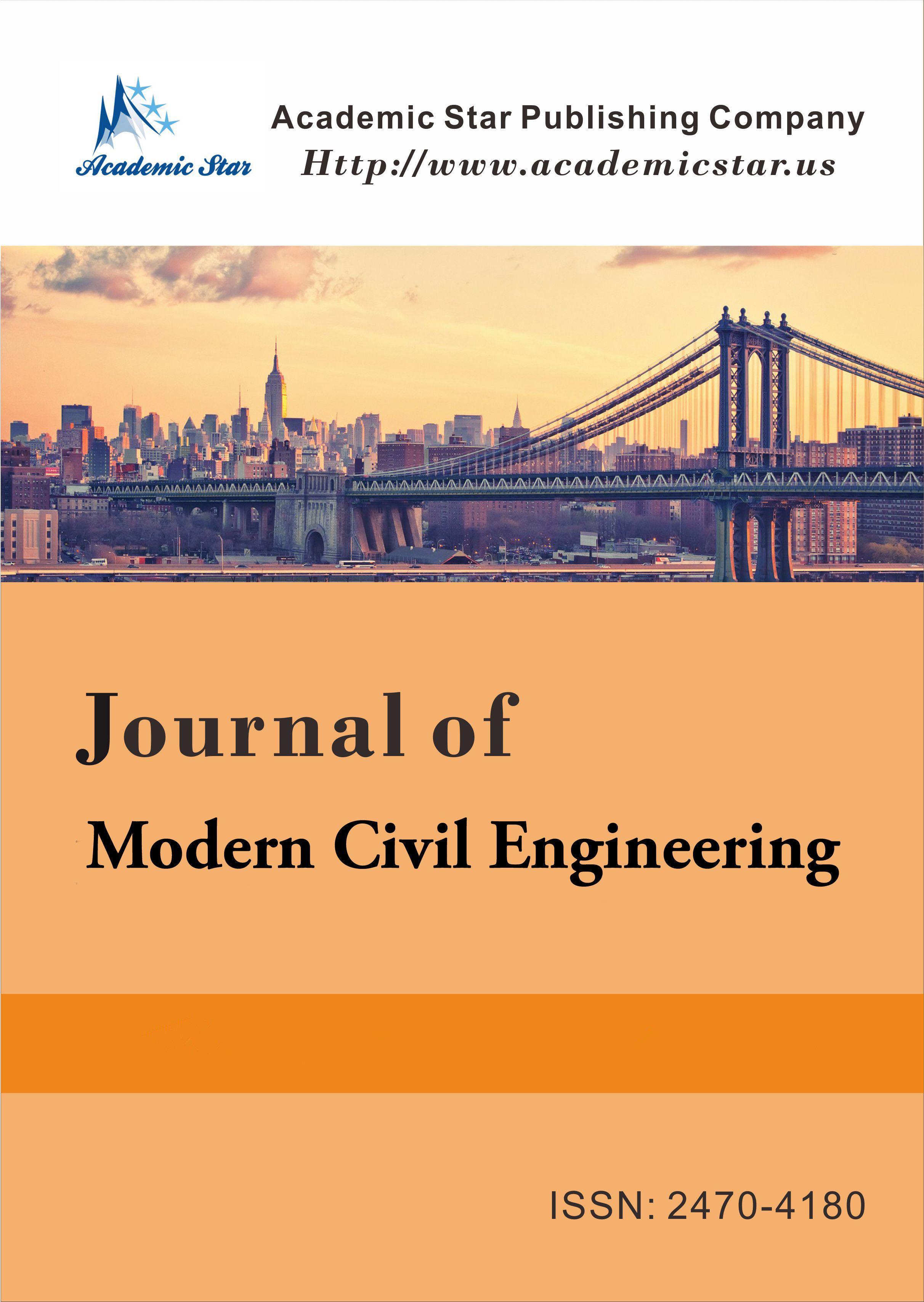Technology and Engineering

- ISSN: 2470-4180
- Journal of Modern Civil Engineering
Pathologies on Mozambique Roads, Assessment of Flexible Pavement Conditions
Anastácia da Graça Salvador Machaieie Chale1, Sultane Júlio Setimane1,
Ruy Moreira Cravo2, and José Rufino Diogo2
1. Faculty of Architecture and Physical Planning, Eduardo Mondlane University, Mozambique
2. Politécnica University, Mozambique
Abstract: The primary purpose of a pavement is to create a resistant, regular and adherent surface that facilitates the circulation of vehicular traffic safely and with minimum operating costs for users. To maintain its useful life, floors require periodic diagnostics. Therefore, the assessment of the conservation conditions of a pavement is relevant for analyzing the causes of pathologies as well as a better design of highway recovery projects. This research aims to evaluate the functional condition of the flexible pavement of National Road Number Two (N2), Boane – Namaacha, over a length of 2 km, through the PCI method which was based on the survey, quantification and definition of the causes of pathologies, accompanied by photographic report with the aid of the metric wheel. The classifications were low, medium and high depending on their severity. The results revealed that crocodile skin and depression-type pathologies presented a high level of severity and hole-type pathologies presented three levels of severity (low, medium and high). Finally, it is concluded that there is a predominance of hole-type pathology in the flexible pavement of the N2 road.
Key words: flexible flooring, pathologies, PCI, National Road N2






